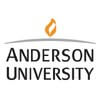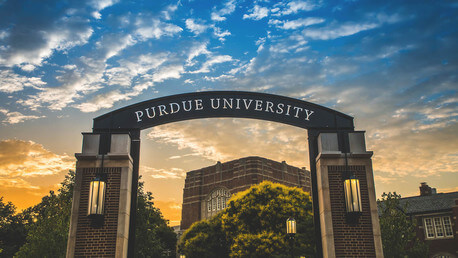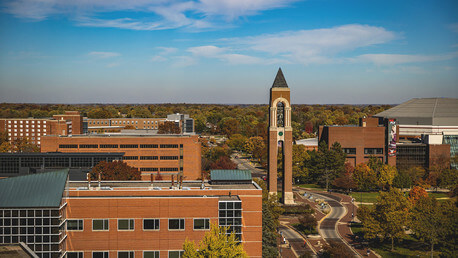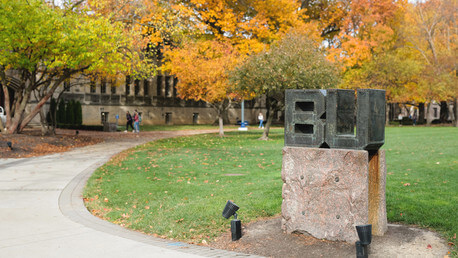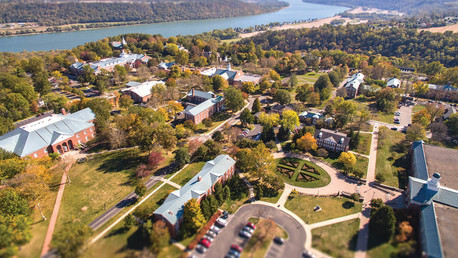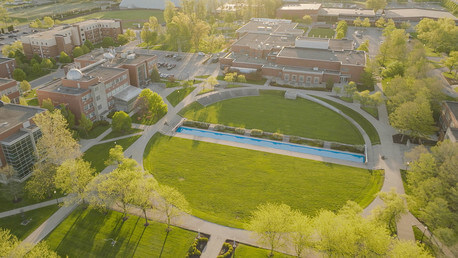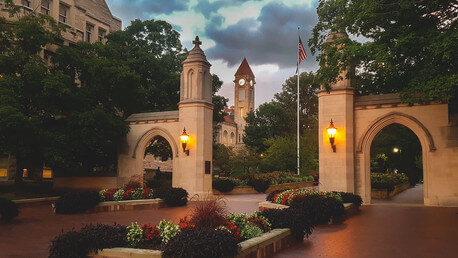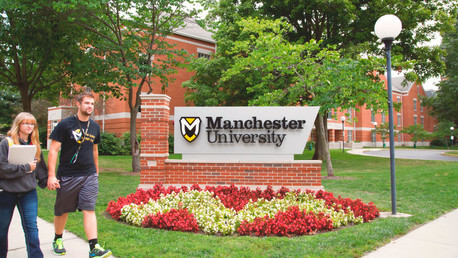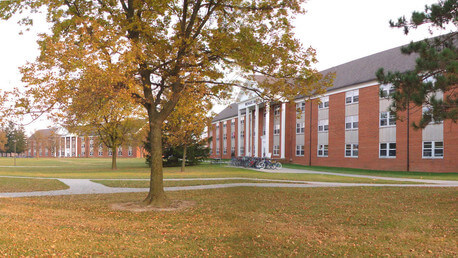Tuition, Cost & Aid
Affordability and Cost
Average Net Price Average net price for full-time, first-time degree/certificate-seeking undergraduates paying the in-state or in-district tuition rate who were awarded grant or scholarship aid from federal, state or local governments, or the institution. Other sources of grant aid are excluded. Aid awarded anytime during the full aid year is included.
Average net price is generated by subtracting the average amount of federal, state or local government, or institutional grant and scholarship aid from the total cost of attendance. Total cost of attendance is the sum of published tuition and required fees (lower of in-district or in-state), books and supplies and the weighted average room and board and other expenses.
Average net price is generated by subtracting the average amount of federal, state or local government, or institutional grant and scholarship aid from the total cost of attendance. Total cost of attendance is the sum of published tuition and required fees (lower of in-district or in-state), books and supplies and the weighted average room and board and other expenses.
$22,351
Average Net Price By Family Income
Tuition
| In-State Tuition In-state tuition is the tuition charged by institutions to those students who meet the state's or institution's residency requirements. In-district tuition is the tuition charged by the institution to those students residing in the locality in which they attend school and may be a lower rate than in-state tuition if offered by the institution. | $34,080 |
| Out-of-State Tuition Out-of-state tuition is the tuition charged by institutions to those students who do not meet the state's or institution's residency requirements. Out-of-district tuition is the tuition charged by the institution to those students not residing in the locality in which they attend school. | $34,080 |
Additional Costs
Room and Board The weighted average for room and board and other expenses is generated as follows:
| $11,420 |
| Books and Supplies | $1,500 |
| Tuition Payment Plan | Yes |
Financial Aid: visit page
Financial Aid Email: [email protected]
Aid & Grants
0
100
86%
Need Met
Students Receiving Gift Aid Percent of undergraduate students awarded federal gift aid. Federal gift aid includes any grant or scholarship aid awarded, from the federal government, a state or local government, the institution, and other sources known by the institution. Students Receiving Grants Percent of undergraduate students awarded grant aid. Grant aid includes any grant or scholarship aid awarded, from the federal government, a state or local government, the institution, and other sources known by the institution. Students receiving state aid Students receiving federal aid
37%
Average Aid Per Year
$21,174
37%
Average Federal Grant Aid Per Year
$3,024
Average Institution Grant Aid Per Year
$15,285
44%
Average State Grant Aid Per Year
$7,047
92%
Average Federal Grant Aid Per Year
$3,024
Average Grant & Scholarship By Family Income
Total Needs Based Scholarships/Grants Total amount of grant or scholarship aid awarded to all undergraduates from the federal government, state/local government, the institution, and other sources known to the institution.
$19,865,332
Total Non-Need-Based Scholarships/Grants
$5,411,817
Student Loans
Students Borrowing Loans Loans to students - Any monies that must be repaid to the lending institution for which the student is the designated borrower. Includes all Title IV subsidized and unsubsidized loans and all institutionally- and privately-sponsored loans. Does not include PLUS and other loans made directly to parents.
76%
Average Loan Amount Per Year
$7,873
Students receiving federal loans
76%
Average Federal Loans Per Year
$5,474
Average Other Loans Per Year
$15,027
Average Debt at Graduation The median federal debt of undergraduate borrowers who graduated. This figure includes only federal loans; it excludes private student loans and Parent PLUS loans.
$20,000
Loan Default Rate
3%
US National: 7%
Median Monthly Loan Payment The median monthly loan payment for student borrowers who completed, if it were repaid over 10 years at a 5.05% interest rate.
$258
What Students Are Saying
Since AU is a private institution, it's very expensive. However, it's totally worth it! The experience I've gained has been worth the hard work and sweat. Anderson also offers a variety of merit scholarships, as well as grants based on financial need, so few people have to pay the full cost of tuition. The high level of education and the friendly, safe environment make Anderson University worth every penny.
Jordan from Liberty Twp, OH
You really get what you pay for at Anderson. Yes, it is pricey, but our sports facilities are some of the best in the U.S. The Colts actually train at our gym during the summer, and the track we have inside our gym is the same material that was used in the Beijing Olympics. We have one of the best music programs(schools) around, and our broadcasting/productions majors work on actual televised projects. Our nursing program is one of the best, and if you want a church then you came to the right town. Anderson should be the capital of churches. Any and every church you can possibly imagine is located in town and welcomes college students!
Bailey
You pay for experiences as much as you do education. In that respect, Anderson does very well. It truly is a community. That being said, it is a private school, and is well out of the price range of some. However, they give out many scholarships and financial aid is good for this type of school. The programs and smaller class sizes are worth the extra tuition in my estimation. Like another reviewer said, where they stick you is the meal plan. Make sure you figure out what works best for you food-wise, long before you sign off on that.
Ryan from Saint Clairsville, OH
